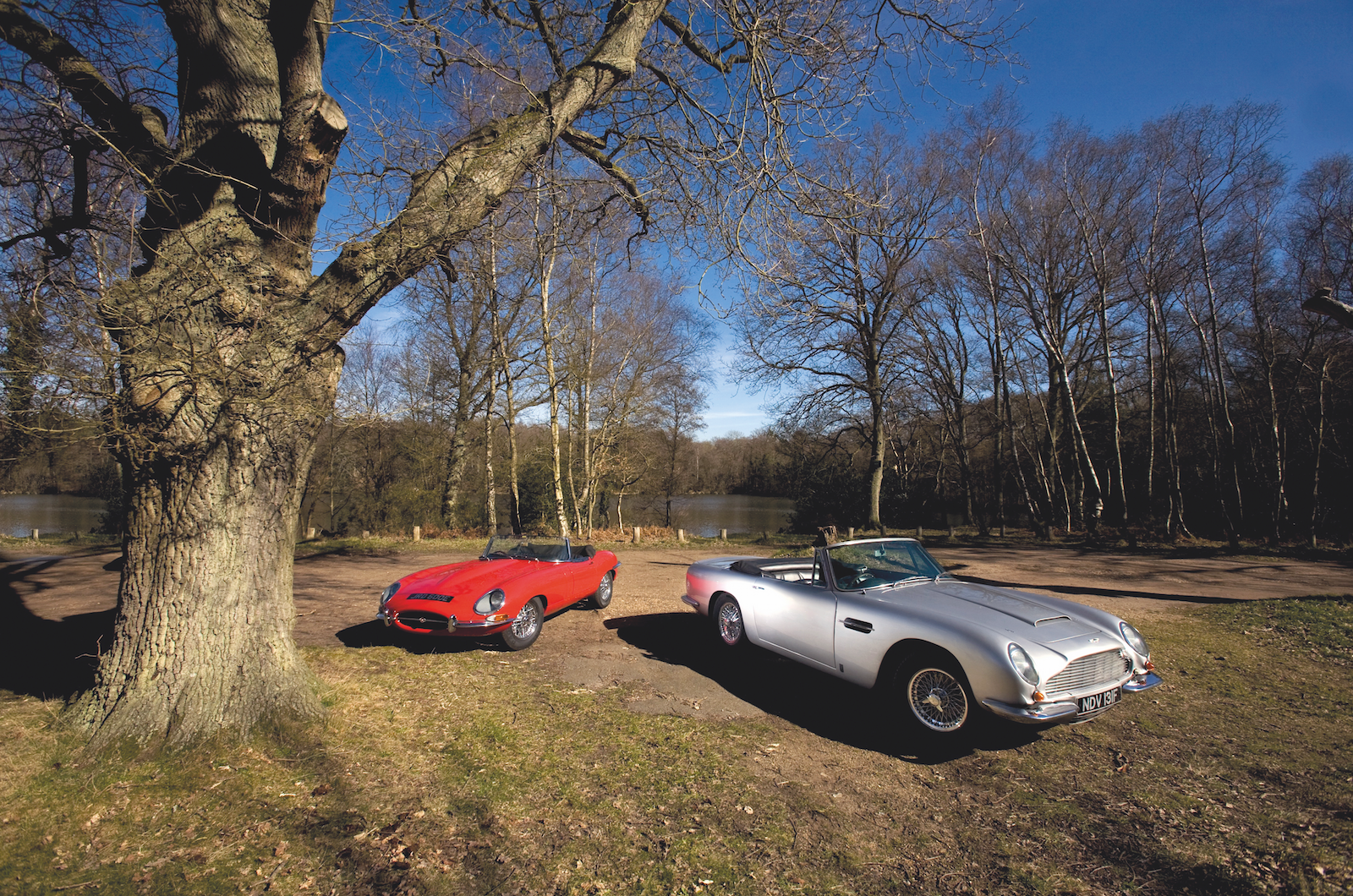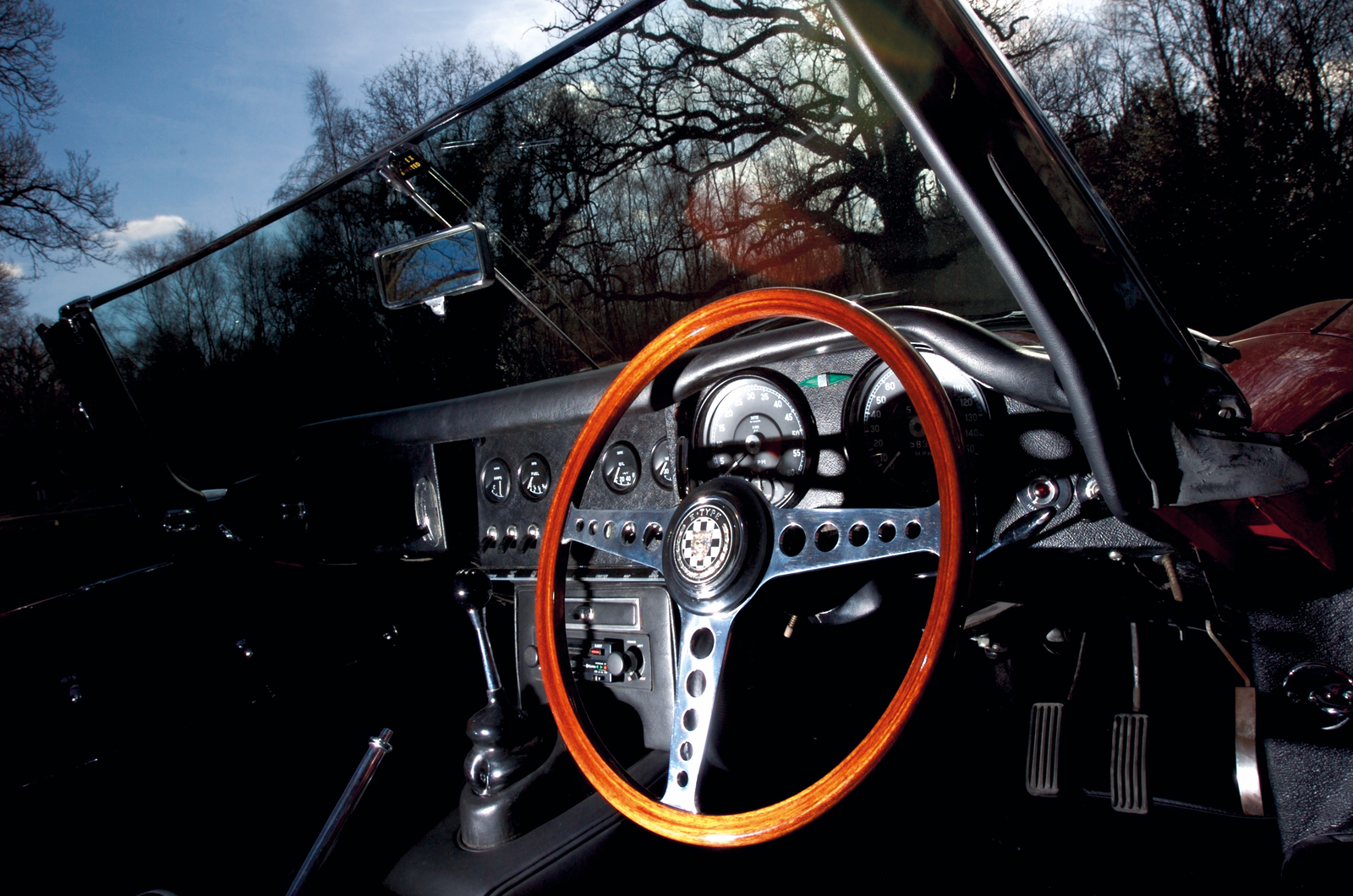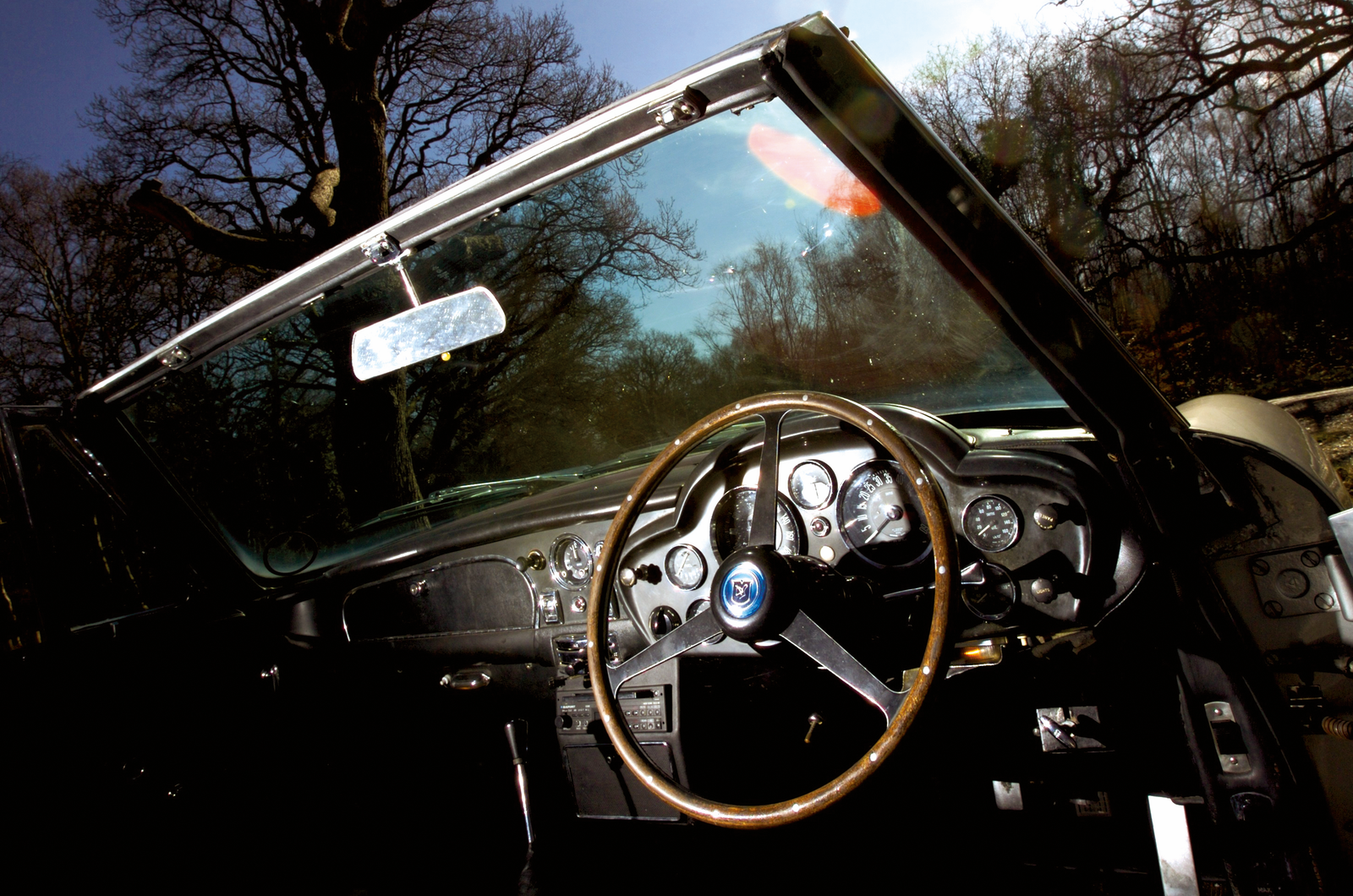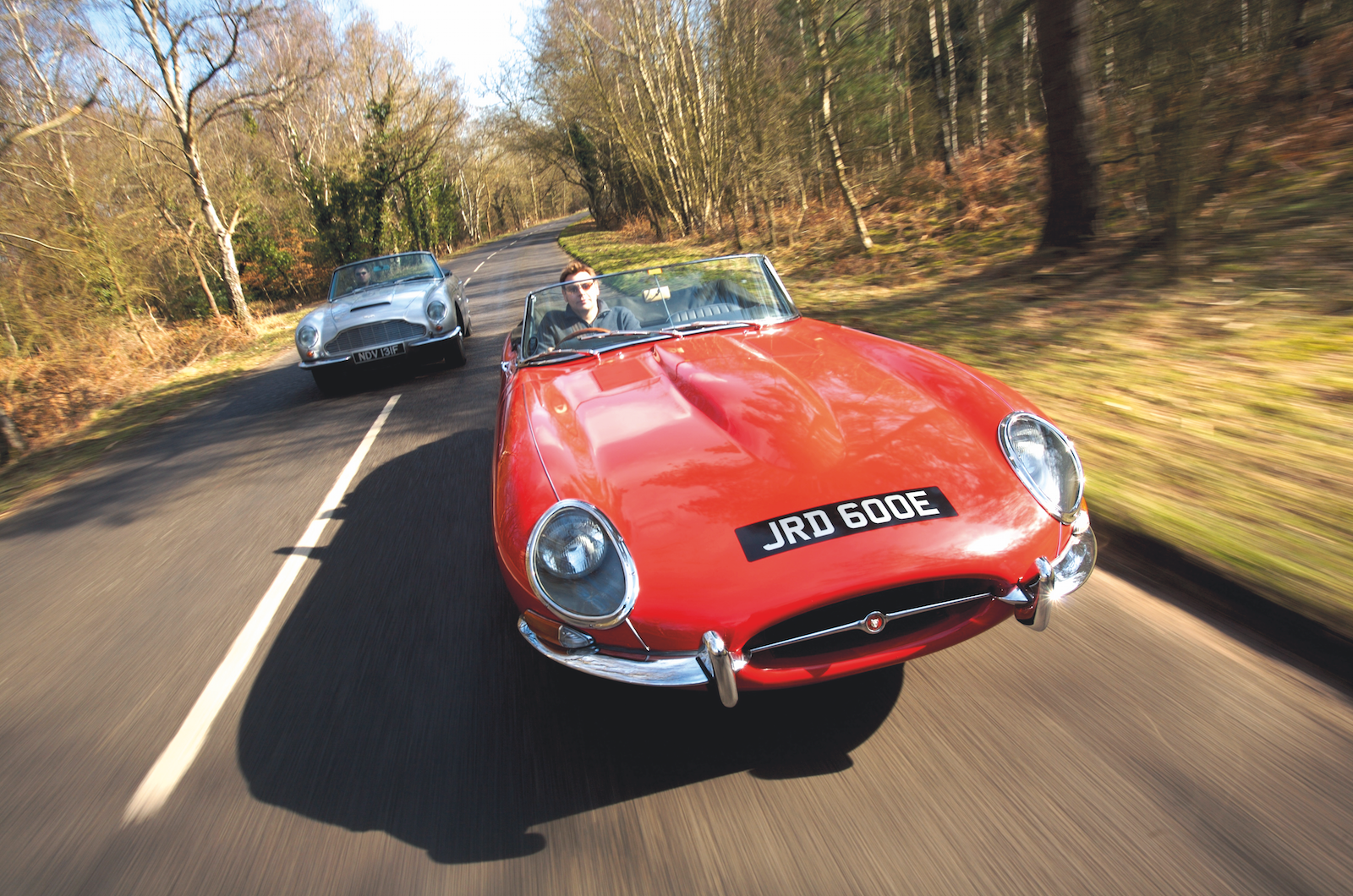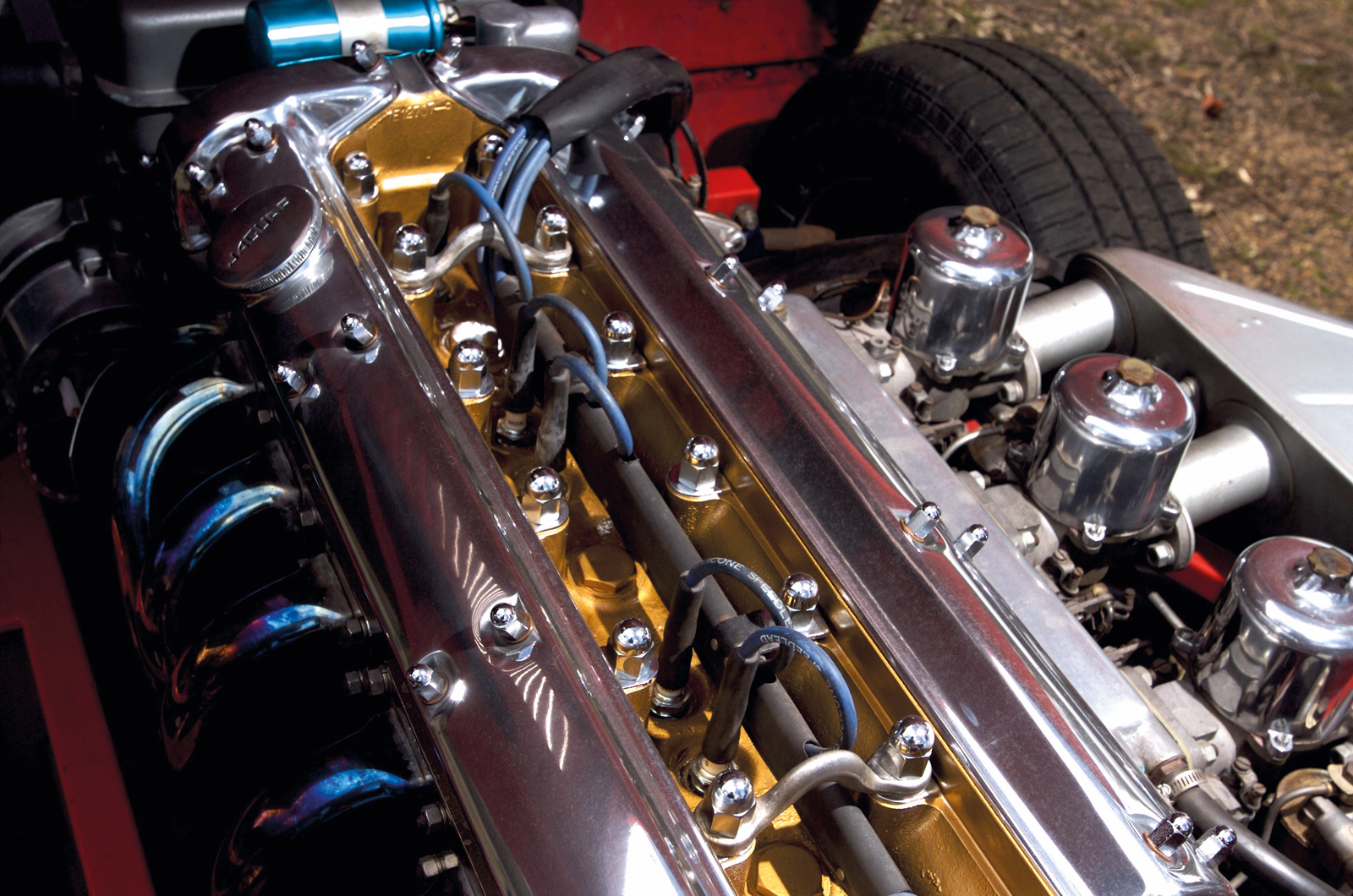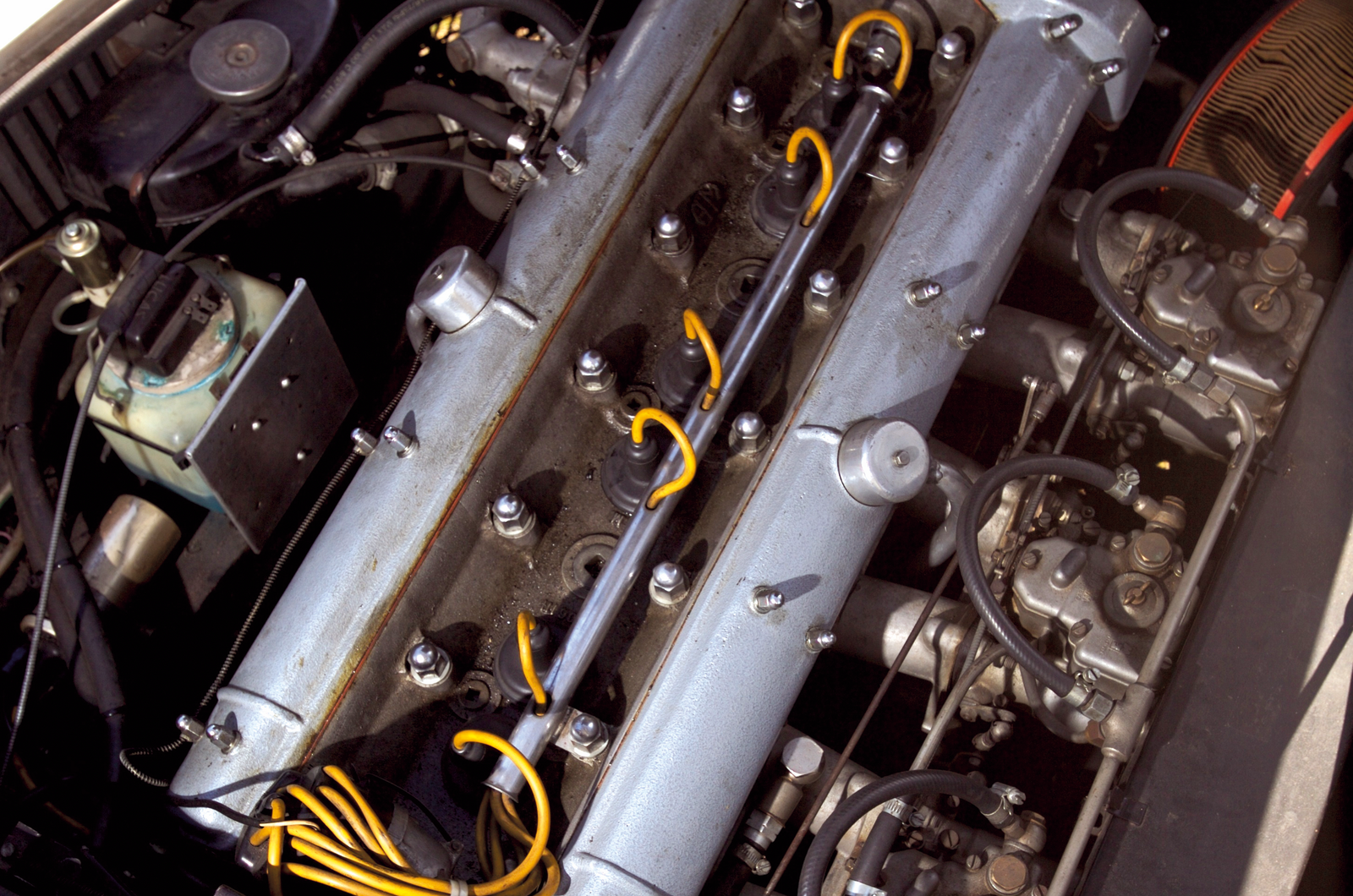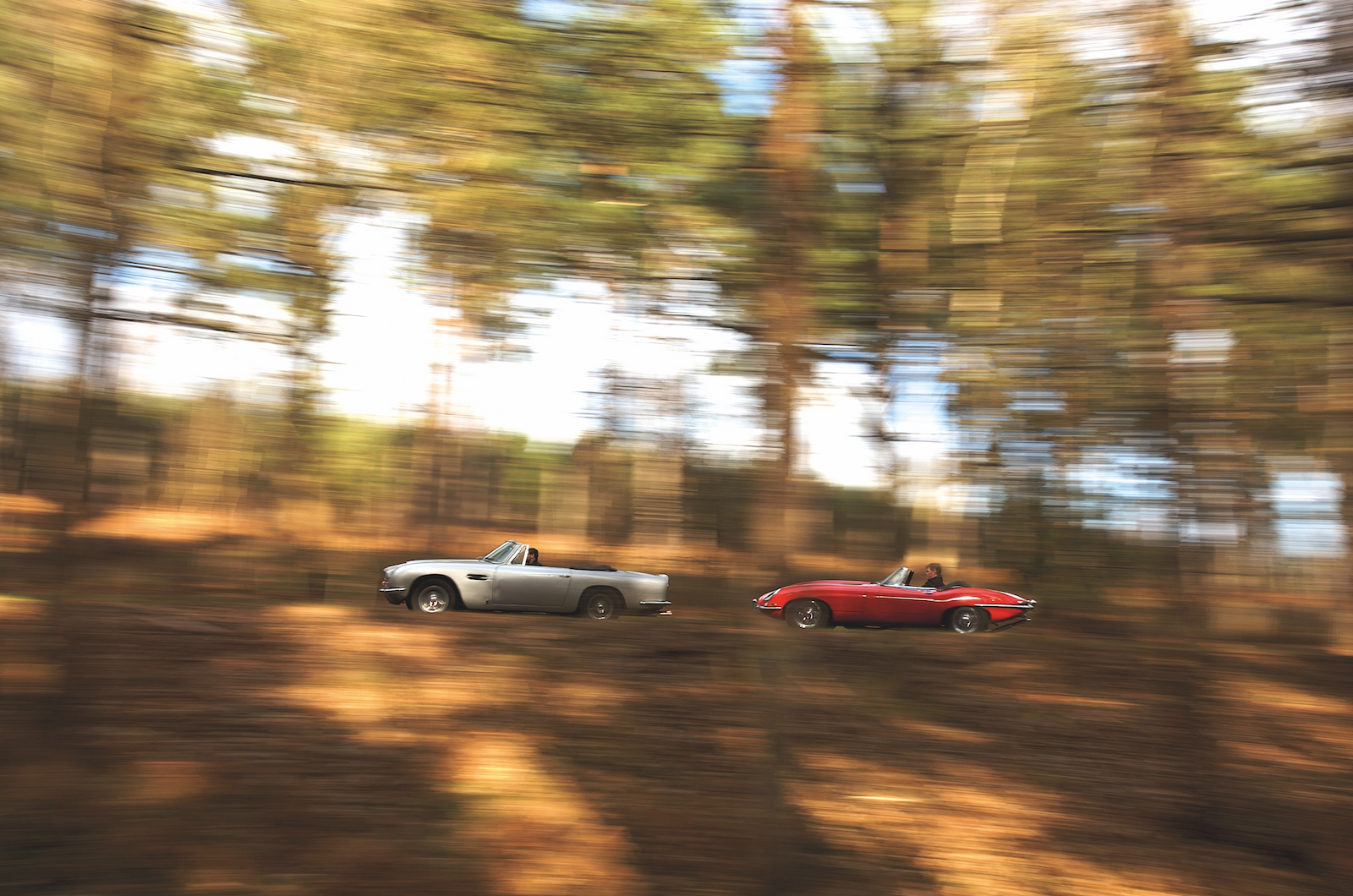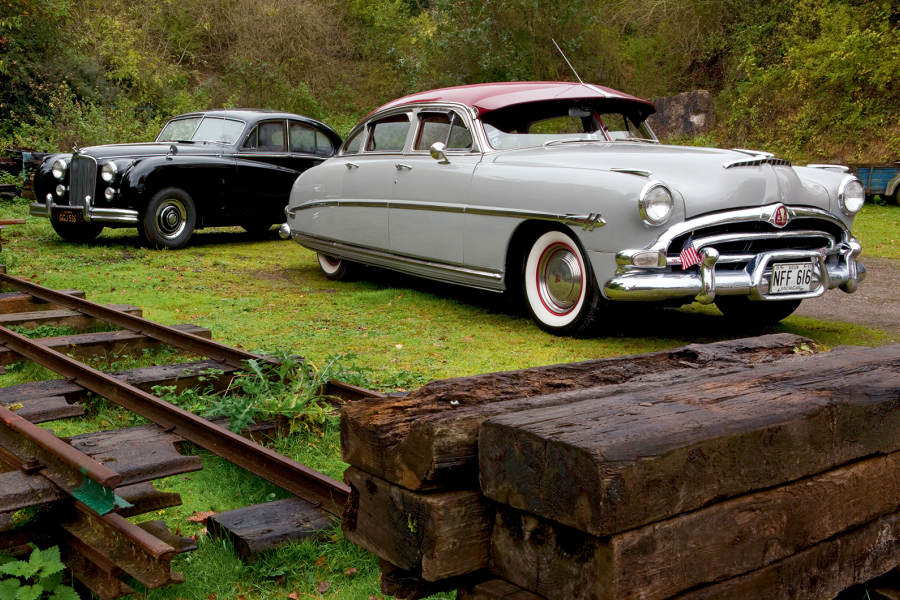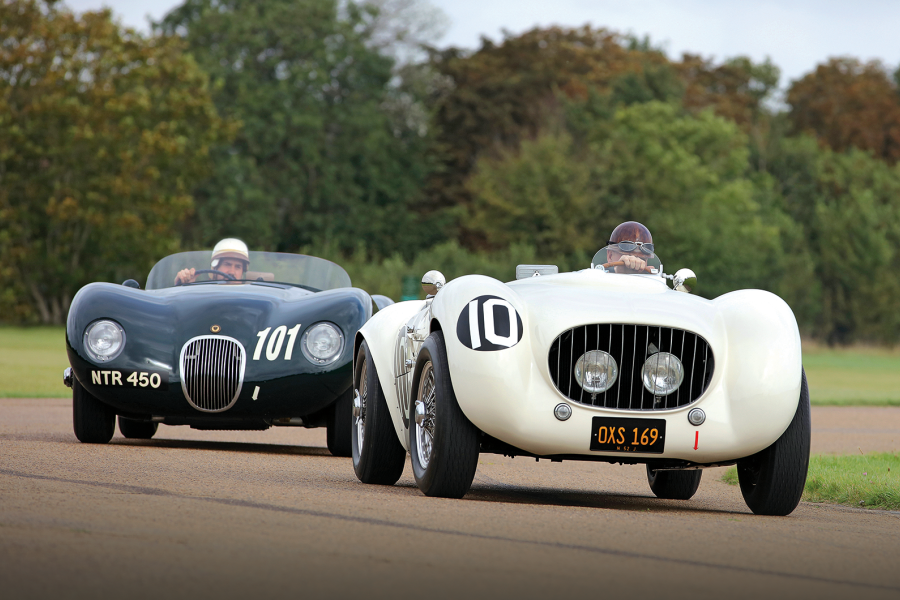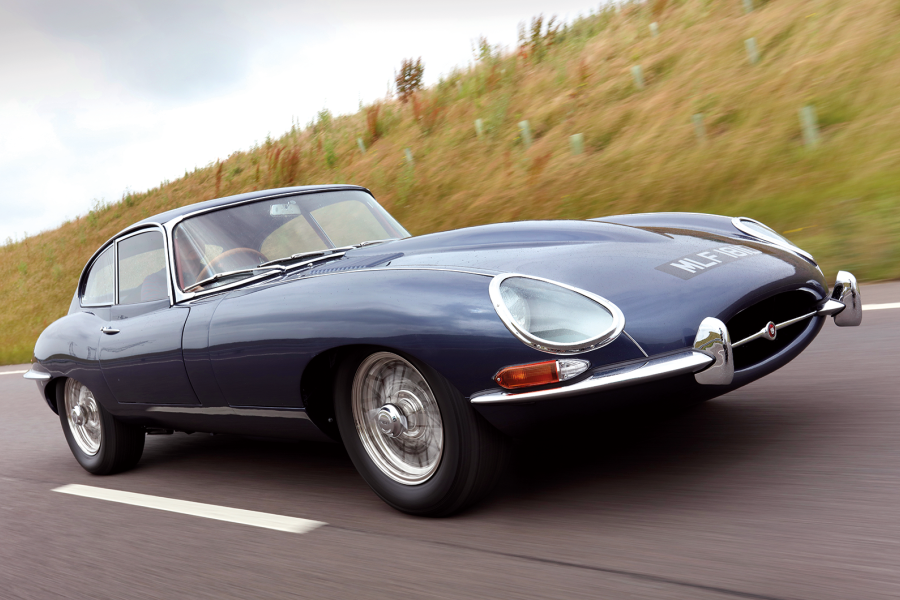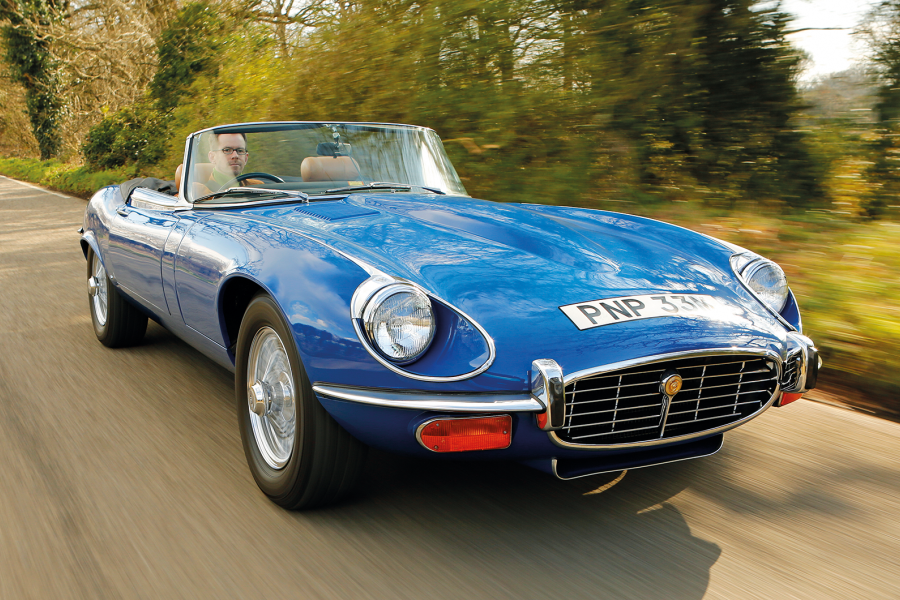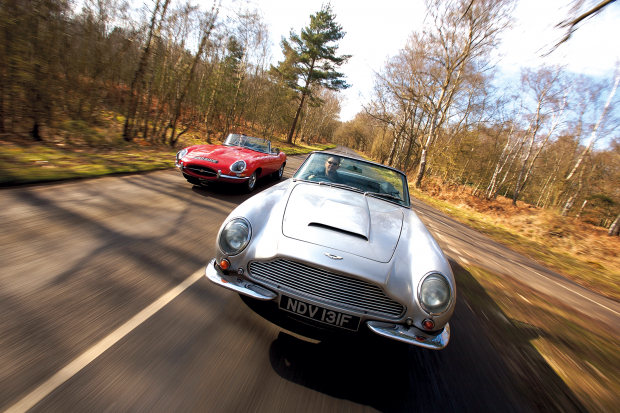
Discussing one’s financial affairs is terribly undignified, don’t you think? Yet money – or perhaps the lack of it – does rather tend to get in the way of making the right decision. So let’s try not think about it. After all, what’s a few thousand pounds between friends – particularly when it comes to indulging in some of the finest sporting automobiles that the Empire has ever produced?
Forget the price disparities and the choice of exotic-yet-home-grown ’60s drop-tops throws up a delicious dilemma: Jaguar or Aston Martin?
On paper, give or take a rear seat or two, the E-type 4.2 roadster and DB6 Volante are closely matched. Both are powered by race-proven, all-alloy, twin-cam straight-six engines of around four litres and 300bhp, both boast unquestionable pedigree and are bursting with British pride, and both represent the zenith of ’60s glamour – when the high-end products of England could comfortably match those of the Italians in the head-turning stakes.
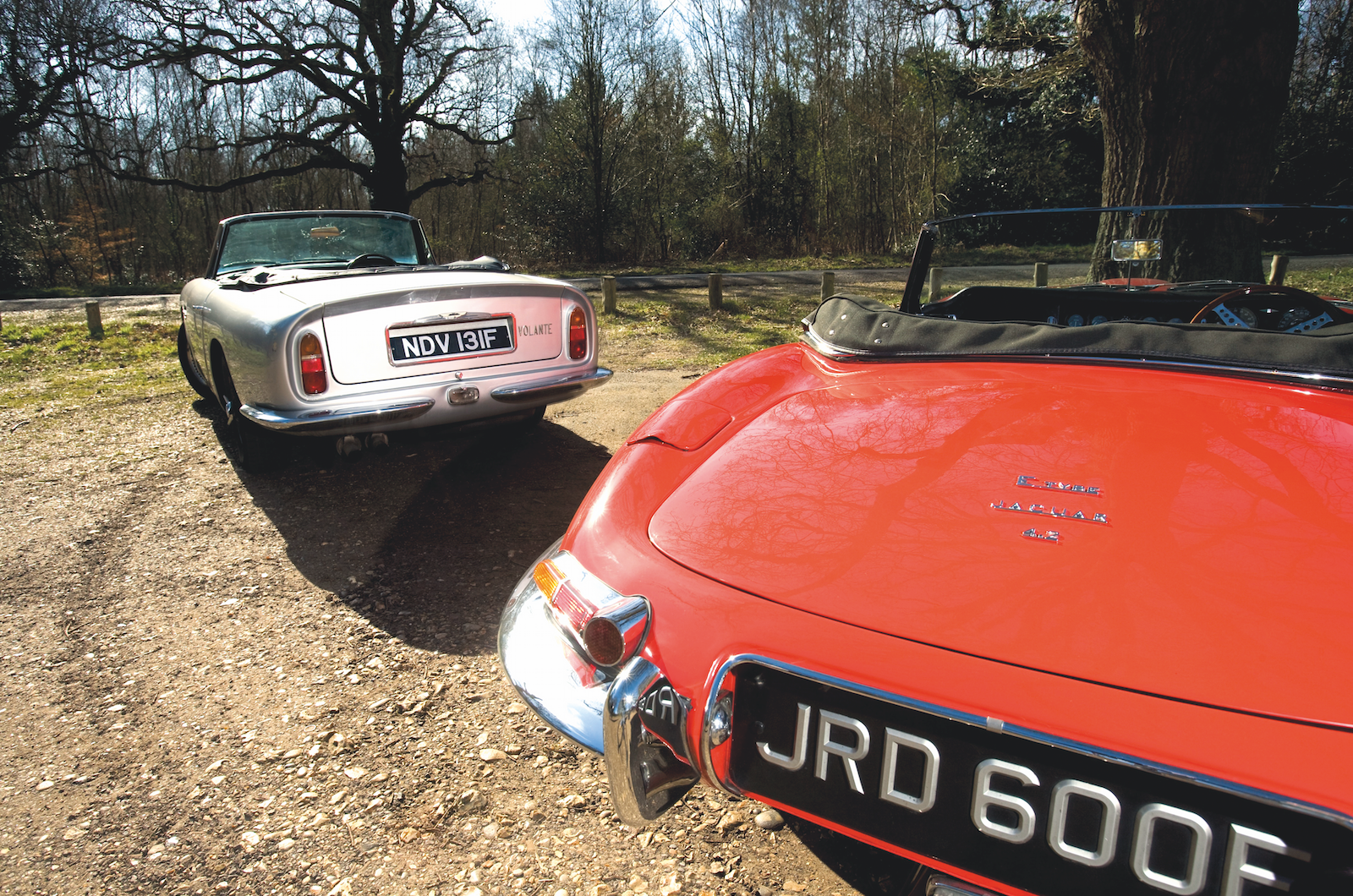
Aston’s rear is bluff in comparison to E-type

